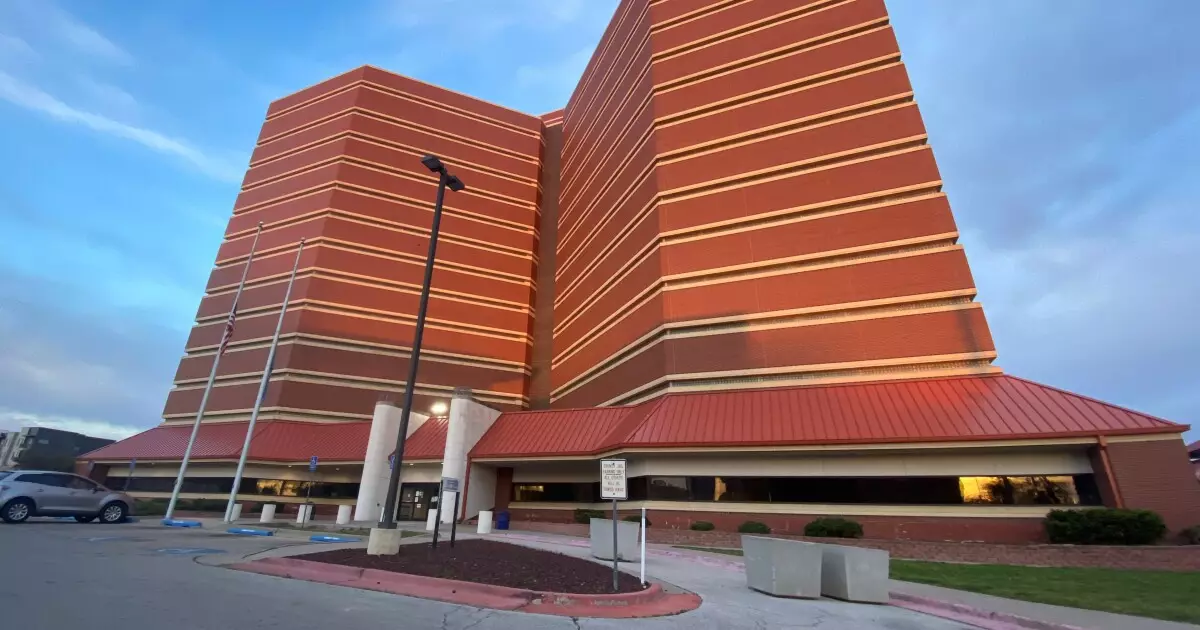Oklahoma County is in the midst of a challenging phase as it seeks innovative solutions for replacing its aging jail facility. With mounting costs and a delay in site acquisition complicating the process, the county is now exploring public-private partnerships (P3) to secure the necessary funding. This move highlights both the urgency of addressing the jail’s deficiencies and the complexities inherent in public infrastructure projects.
The financial options presented to the county include a request for proposals from major financial institutions such as Raymond James, Morgan Stanley, and Jefferies. They have provided the county with two primary financing avenues: a comprehensive $450 million option to cover the entire jail or a limited $41 million option dedicated solely to essential mechanical and electrical components. The financing structure will potentially span up to 30 years, relying on fixed-rate bonds supported by the county’s annual lease rental payments. This strategy is likely an attempt to manage long-term fiscal impact while addressing immediate facility needs.
Despite the voters’ approval of $260 million in general obligation bonds in June 2022, the pressing price tag of the new jail has escalated. The estimated cost has surged to $672 million, reflecting an increase in construction expenses and project expectations. Such financial dynamics underscore the unpredictability that often accompanies large-scale public works projects, necessitating nimble governmental responses to shifting economic landscapes.
The proposed new jail facility aims to accommodate 2,400 inmates and is designed to include specialized areas such as four courtrooms and facilities for medical and mental health treatment. This holistic approach indicates a shift towards recognizing the complexities of inmate needs and the necessity for healthcare within the corrections system. Importantly, while the county is addressing immediate infrastructural concerns, it is also looking to integrate long-term solutions that align with contemporary correctional management ideals.
The urgency of this project is evident as the current 13-story detention center in downtown Oklahoma City faces ongoing scrutiny for its safety and health standards. Opened in 1991, the facility has been the subject of criticism from various state and federal authorities, indicating a systemic failure over time to maintain appropriate living conditions for inmates.
The county’s journey toward establishing a new facility has been complicated by legal disputes, particularly pertaining to the jail’s proposed location. The ongoing litigation against Oklahoma City over zoning permits reflects the broader political tensions between municipal governance and county authority. The claim that the county holds a superior sovereign right in this case emphasizes the complex layers of jurisdiction that often hinder progress on public projects.
Moreover, the outcome of the lawsuit has broader implications, potentially setting precedents that could affect future civic projects. Such legal entanglements can stall not only progress but also exacerbate public skepticism toward governmental efficacy in infrastructure development.
As Oklahoma County navigates these challenges, its approach to the jail replacement project exemplifies the difficulties many municipalities face in modern governance. The interplay of financial pressures, legal hurdles, and the urgent need for improved facilities portrays a landscape that requires strategic foresight and adaptability. While the county is striving to replace its outdated detention center with a facility equipped to address the multifaceted needs of its population, it remains to be seen whether these efforts will successfully overcome the existing obstacles. The future of this project will hinge on effective collaboration, innovative financing, and responsiveness to the community’s evolving needs.

